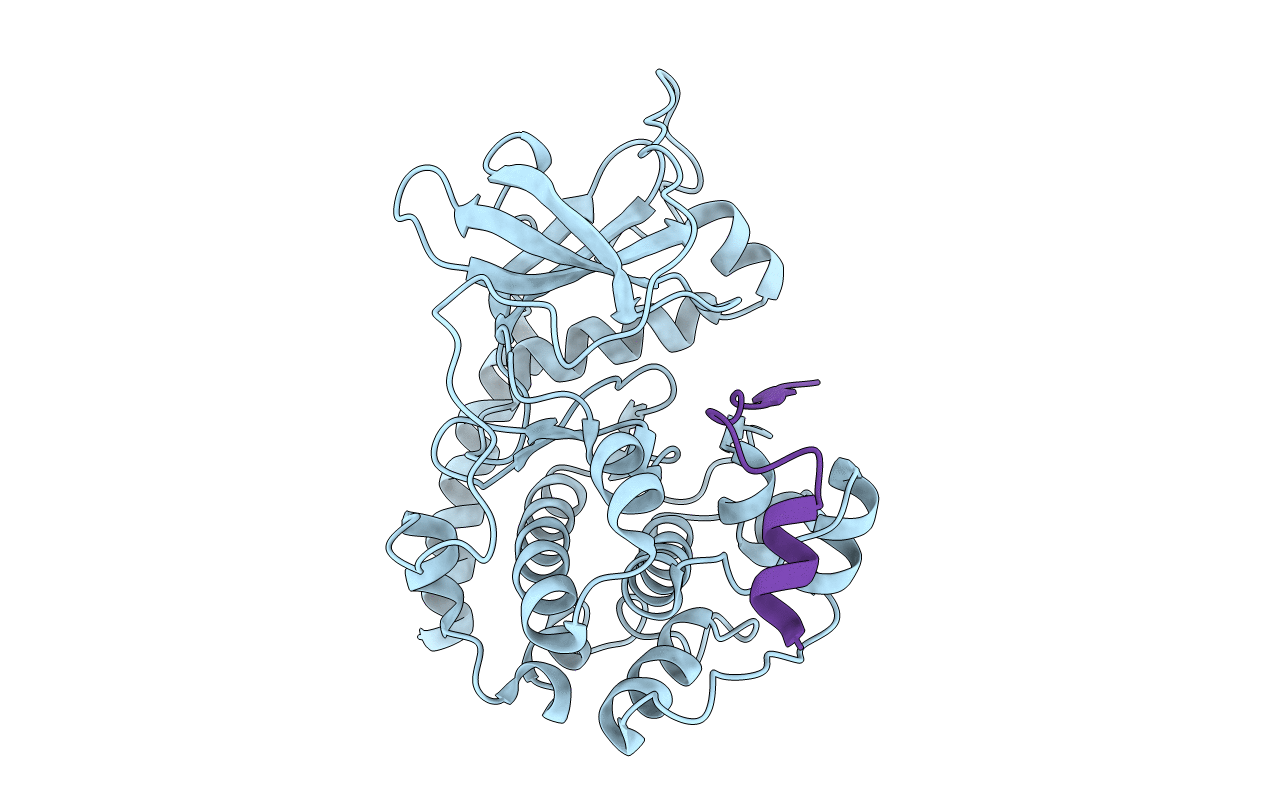
Deposition Date
2006-04-10
Release Date
2006-05-23
Last Version Date
2024-10-16
Entry Detail
PDB ID:
2GNG
Keywords:
Title:
Protein kinase A fivefold mutant model of Rho-kinase
Biological Source:
Source Organism:
Bos taurus (Taxon ID: 9913)
Host Organism:
Method Details:
Experimental Method:
Resolution:
1.87 Å
R-Value Free:
0.25
R-Value Work:
0.19
R-Value Observed:
0.19
Space Group:
P 21 21 21


